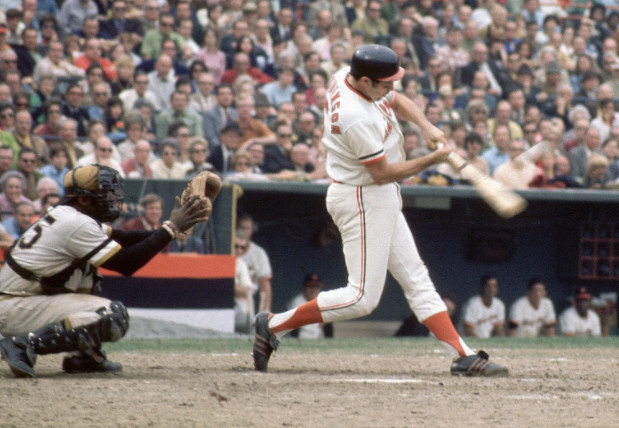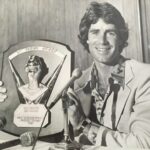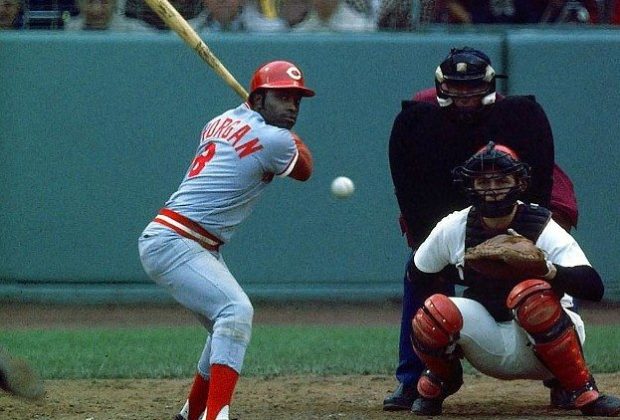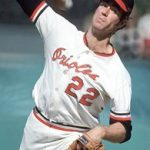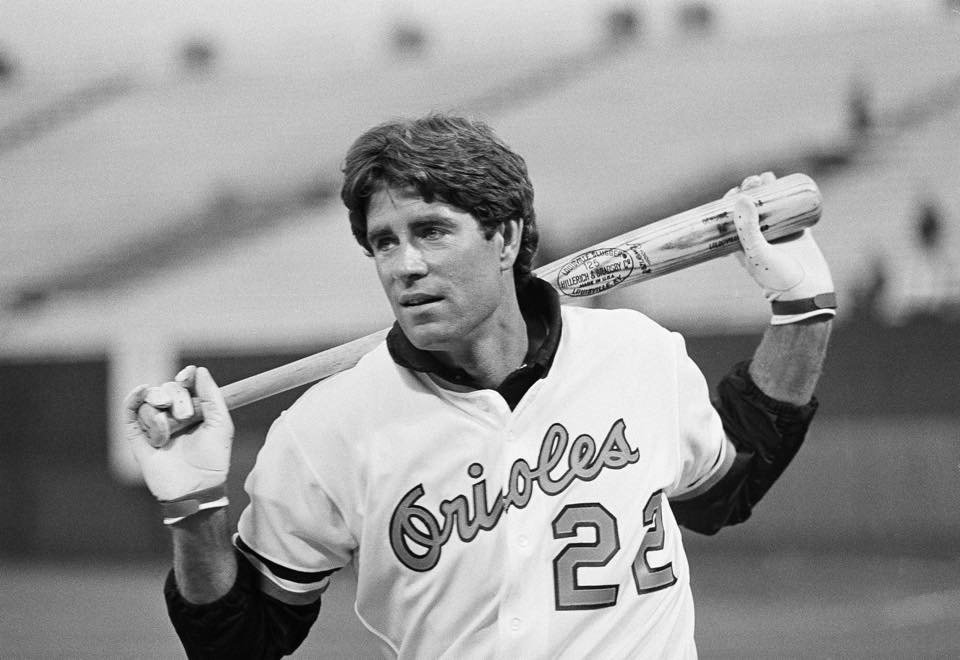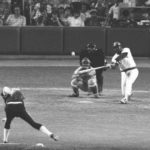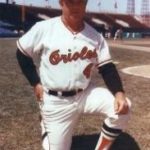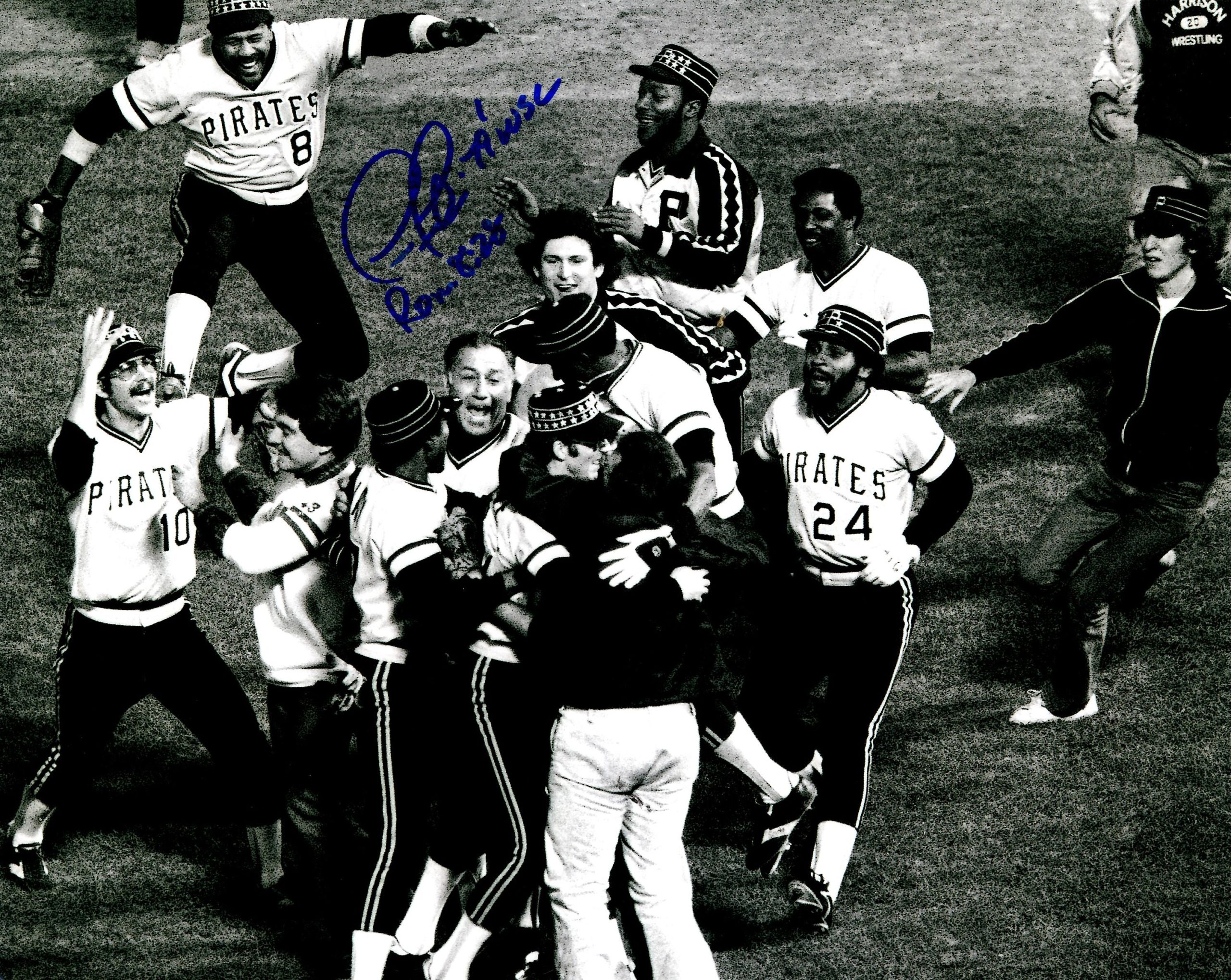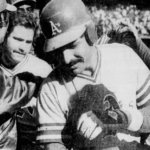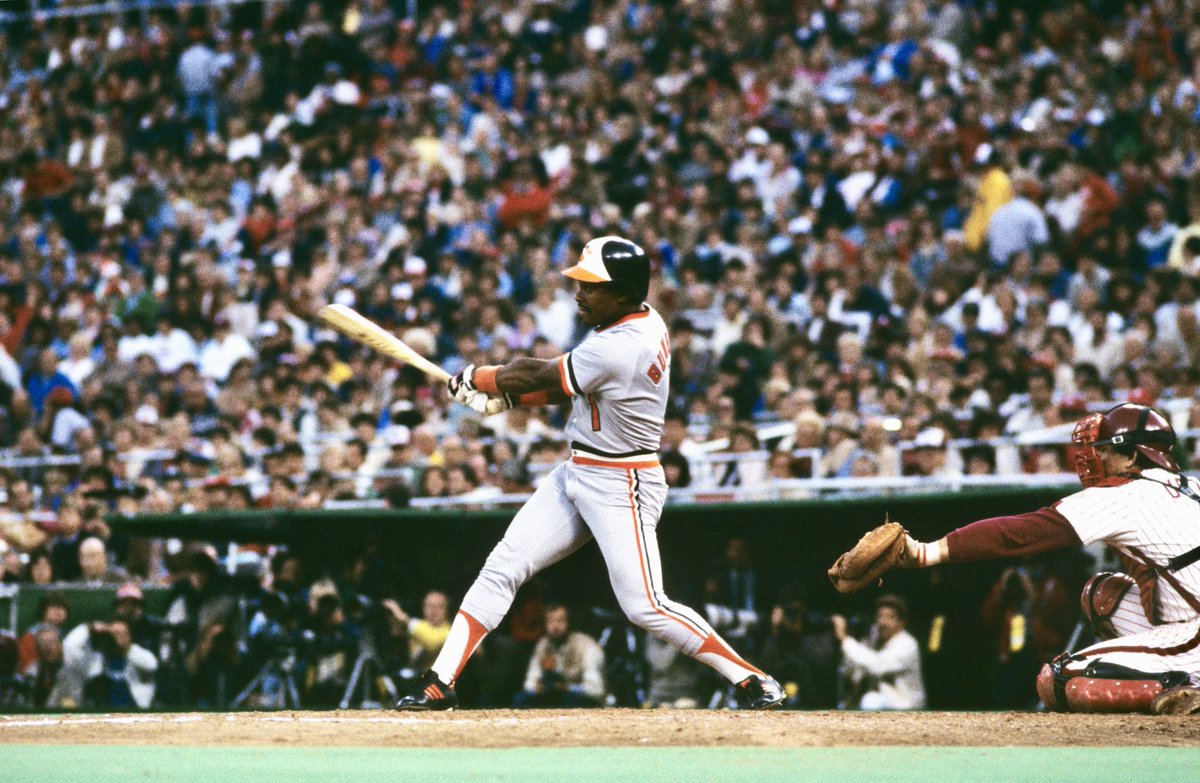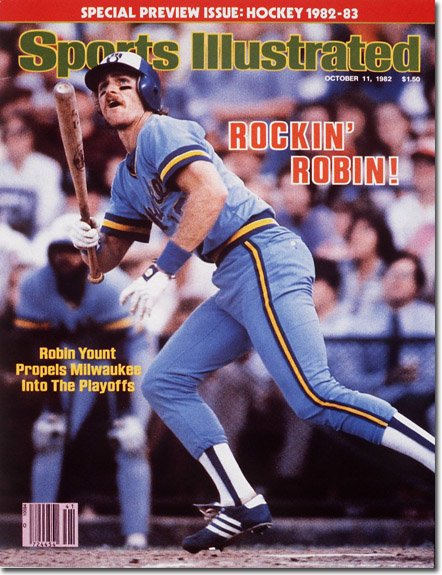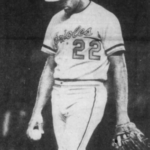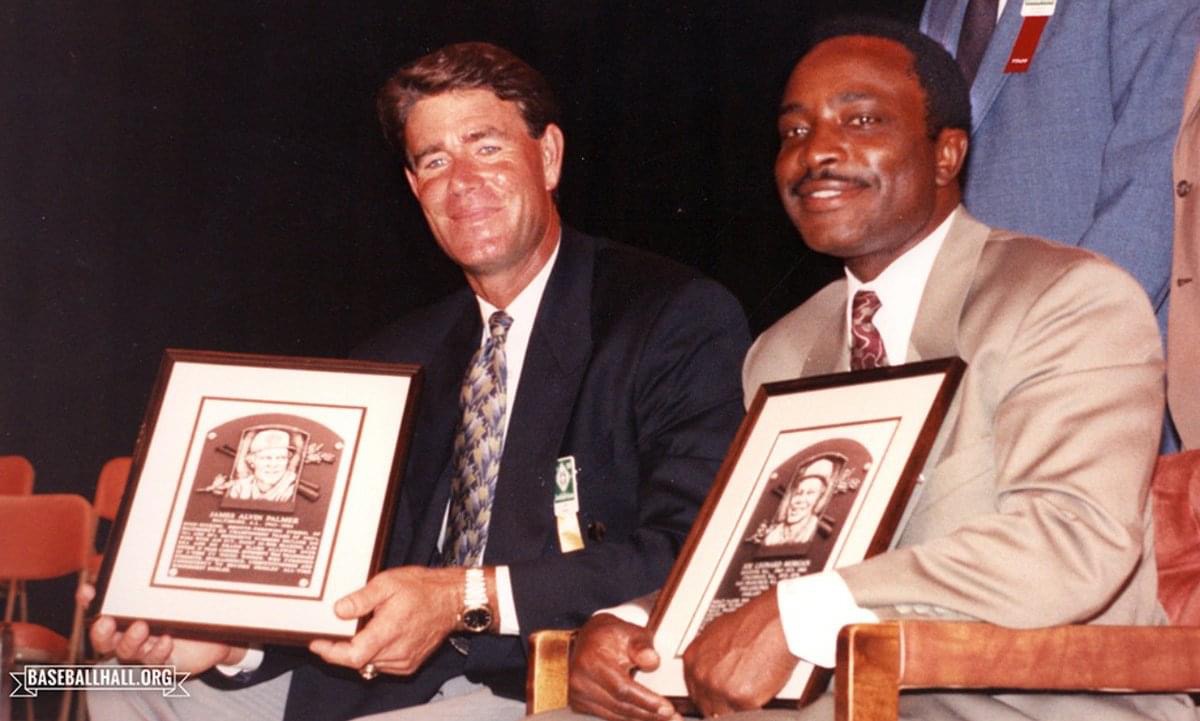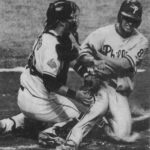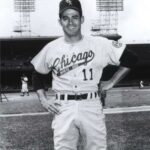Jim Palmer Stats & Facts
VINTAGE BASEBALL MEMORABILIA
Jim Palmer
Position: Pitcher
Bats: Right • Throws: Right
6-3, 190lb (190cm, 86kg)
Born: October 15, 1945 in New York, NY
High School: Scottsdale HS (Scottsdale, AZ)
Schools: Arizona State University (Tempe, AZ), Towson University (Towson, MD)
Debut: April 17, 1965
Last Game: May 12, 1984
Hall of Fame: Inducted as Player in 1990. (Voted by BBWAA on 411/444 ballots)
View Jim Palmer’s Page at the Baseball Hall of Fame (plaque, photos, videos).
Full Name: James Alvin Palmer
Nicknames: Cakes
Twitter: @Jim22Palmer
View Player Bio from the SABR BioProject
Nine Players Who Debuted in 1965
Lee May
Mark Belanger
Bobby Murcer
Roy White
Steve Carlton
Tug McGraw
Fergie Jenkins
Jim Palmer
Catfish Hunter
The Jim Palmer Teammate Team
C: Rick Dempsey
1B: Eddie Murray
2B: Davey Johnson
3B: Brooks Robinson
SS: Mark Belanger
LF: Frank Robinson
CF: Paul Blair
RF: Reggie Jackson
DH: Ken Singleton
SP: Dave McNally
SP: Mike Cuellar
SP: Mike Flanagan
SP: Steve Stone
SP: Dennis Martinez
RP: Tippy Martinez
Notable Events and Chronology for Jim Palmer Career
Biography
“Jim had one of the most beautiful deliveries I’ve ever seen. It was almost like watching ballet.” – Ray Miller, former Orioles pitching coach
High-kicking Jim Palmer spent his entire career with the Baltimore Orioles, becoming the greatest pitcher in their history. Signed in 1963, he replaced the departed Milt Pappas in Baltimore’s rotation in 1966, and led the club with 15 wins. That October 6, he became the youngest pitcher (20 years, 11 months) to win a complete-game, World Series shutout, defeating Sandy Koufax and the Dodgers in Game Two. But Palmer was almost finished by arm, shoulder, and back problems; during the next two years, he pitched in the minors for 17 of his 26 games. He was left unprotected in the draft, but there were no takers.
Finally, thanks to surgery, work in the 1968 Instructional League and in winter ball, Palmer regained his form. He was still disabled for 42 days in 1969, but four days after coming off the DL, on August 13, he no-hit Oakland 8-0. He led the American League in winning percentage (.800) by going 16-4. He won the deciding game of the first AL Championship Series, but lost Game Three of the WS to the Mets.
Having overcome the wildness and arm miseries of his early career, Palmer became one of the most dependable and durable pitchers in baseball. His eight 20-win seasons were interrupted in 1974 when he was downed for eight weeks with elbow problems. Only two other AL pitchers had as many 20-win seasons as Palmer: Walter Johnson (12) and Lefty Grove (eight). He won his first ERA title (2.40) in 1973, when he went 22-9, and his second in 1975 (2.09) when he threw a league-high 10 shutouts and tied for the lead with 23 wins. His 22 victories in 1976 and 20 in 1977 were again league highs. He started more games in 1976-77, and threw more innings in 1976-78 than any other AL pitcher.
Palmer’s three Cy Young Awards were matched only by Steve Carlton (four), Tom Seaver (three), and Sandy Koufax (three). His picture-perfect delivery and all-around athleticism helped him to four Gold Gloves (1976-79). His clutch wins included the Orioles’ pennant-clinchers in 1966, 1969, 1970, and 1971. He established LCS records for strikeouts (46) and complete games (five), and tied records by pitching in six LCS and winning four games.
Meanwhile, Palmer established a much-publicized running feud with manager Earl Weaver. Their love-hate relationship seemed largely theater, and neither man could hide his admiration for the other. Palmer gained more widespread attention in 1980 when, because of his attractive physique and matinee idol looks, he became sports representative and model for Jockey Underwear.
The elder statesman of the Orioles during the 1980s, Palmer added a 16-10 mark in 1980, and a 15-5 record in 1982, good for a league-best .750 winning percentage. Used sparingly in 1983, his last ML win came in relief of Mike Flanagan in the third game of the 1983 WS; he defeated Carlton to become the first pitcher in ML history with WS wins in three different decades. On May 23, 1984, he was released by the Orioles after refusing to go on the voluntarily retired list. He retired as the Orioles’ all-time leader in wins, losses, strikeouts, games, innings, and shutouts. He went on to broadcast on both local and national TV
@ET-DC@eyJkeW5hbWljIjp0cnVlLCJjb250ZW50IjoicG9zdF90YWdzIiwic2V0dGluZ3MiOnsiYmVmb3JlIjoiTGVhcm4gTW9yZSBhYm91dCB0aGUgdGVhbXMsIHBsYXllcnMsIGJhbGwgcGFya3MgYW5kIGV2ZW50cyB0aGF0IGhhcHBlbmVkIG9uIHRoaXMgZGF0ZSBpbiBoaXN0b3J5IC0gLSAtIC0gLSAtIC0gIiwiYWZ0ZXIiOiIiLCJsaW5rX3RvX3Rlcm1fcGFnZSI6Im9uIiwic2VwYXJhdG9yIjoiIHwgIiwiY2F0ZWdvcnlfdHlwZSI6InBvc3RfdGFnIn19@
Best Season, 1975
Palmer was at his peak in ’75, winning 23 games, throwing 10 shutouts, and fashioning a 2.09 ERA, all tops on the American League. He completed 25 games and even saved one. His hit ratio was the lowest of his career, and he fanned 193 batters. Working every fourth day, the right-handed ace allowed the opposition a miniscule .216 batting average. He walked off with his second Cy Young Award
Awards and Honors
1973 AL Cy Young
1975 AL Cy Young
1976 AL Cy Young
1976 AL Gold Glove
1977 AL Gold Glove
1978 AL Gold Glove
1979 AL Gold Glove
Hit Fame
8/13/1969: For BAL (A) vs. OAK (A), 8-0 at BAL. 9 innings pitched.
Post-Season Appearances
1966 World Series
1969 American League Championship Series
1969 World Series
1970 American League Championship Series
1970 World Series
1971 American League Championship Series
1971 World Series
1973 American League Championship Series
1974 American League Championship Series
1979 American League Championship Series
1979 World Series
1983 American League Championship Series
1983 World Series
Factoid
In his Hall of Fame Career, Jim Palmer never allowed a grand slam.
Minor League Experience
Pitching for Rochester in 1967, Palmer walked the bases loaded. Manager Earl Weaver stomped out to the mound and growled, “Throw this next pitch right down the middle to this hamburger.” Palmer did as instructed and the batter launched a grand slam. Palmer was furious at his little manager. The batter’s name was Johnny Bench.
Big League Debut: April 17, 1965
Palmer relieved Robin Roberts in the third inning of a wild 12-9 Baltimore loss to the Red Sox at Fenway Park. He was the second of eight pitchers used that day by the Orioles. The first batter he faced was Tony Conigliaro, who struck out.
Post-Season Notes
In the 1979 AL Playoffs, Palmer was named to start Game One by Earl Weaver. Palmer disagreed. “[Eventual Cy Young Award winner Mike] Flanagan is our best pitcher,” Palmer explained, “he should start the first and fifth games.”
“There’s no reason Jim can’t pitch the first game,” Weaver barked. “If he can’t, he’s not healthy, and we’ll have to disable him [place him on the disabled list]. But he’s going to make a fool of himself. He’s second-guessed me for a long time.”
Palmer asked for a meeting with Baltimore GM Hank Peters, who was used to arbitrating feuds between his star pitcher and manager. Peters convinced Palmer to accept the assignment. Palmer defeated the Angels in Game One and the O’s won the series in four games.
Notes
On Father’s Day 1979, in the wake of a report that Palmer wanted more money from the Orioles, manager Earl Weaver posted a sign above Palmer’s locker that read “Grow Up.” Predictably, Palmer was incensed. Weaver and Palmer engaged in another of their famous shouting matches, but, as usual, quickly made up.
Palmer’s Record with the Bases Loaded
Stats guru (and home run expert) David Smith offers these nuggets about Palmer’s record with the bases loaded. It’s been well-publicized that Palmer never allowed a grand slam, and a close look at the figures shows that he pitched well in situations with the bags full.
First, Smith looked at how often Palmer was removed from the game with the bases loaded. Perhaps the tall, lanky right-hander was spared having to pitch very often in those situations?
Smith found out that Palmer was removed from a game 16 times with the bases loaded. That’s just about 5% of the times he was removed from a game. The league average during his career was 7.4%, so he wasn’t taken out of an unusual amount of those games.
How did Palmer do when the bases were loaded? The answer is that he did pretty well. In 184 at-bats with the bases loaded, batters hit .196 with a .230 slugging percentage and a .234 OBP.
Quotes About Palmer
“See those gray hairs? Every one of them has number 22 on it.” — Earl Weaver, speaking of his tumultuous relationship with pitcher Jim Palmer
“Jim’s a perfectionist. he thinks he can go the whole nine innings without making a bad pitch.” — teammate Mark Belanger
“The Chinese tell time by the Year of the Dragon, The Year of the Horse. I tell time by Palmer – Year of the Shoulder, Year of the Elbow, The Year of the Ulna Nerve.” — on dealing with his “fragile” star pitcher, Jim Palmer
Quotes From Palmer
“I’ll probably have my best year in ’83” — when told that Earl Weaver planned to retire after the 1982 season.
All-Star Selections
1970 AL
1971 AL
1972 AL
1975 AL
1977 AL
1978 AL
Replaced
Palmer took over the starting rotation slot that had belonged to Milt Pappas, who was traded in December of 1965 in a deal that brought Frank Robinson to Baltimore.
Replaced By
In 1983, under new manager Joe Altobelli, young right-handers Storm Davis and Mike Boddicker were inserted into the Baltimore starting rotation. Palmer, who struggled with injury and ineffectiveness that season, was the odd man out.
Best Strength as a Player
Palmer was masterful at locating his pitches.
Largest Weakness as a Player
Palmer was an excellent athlete, and on the mound and in the field he really had no glaring weaknesses.
Other Resources & Links

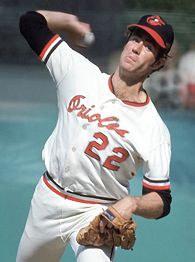
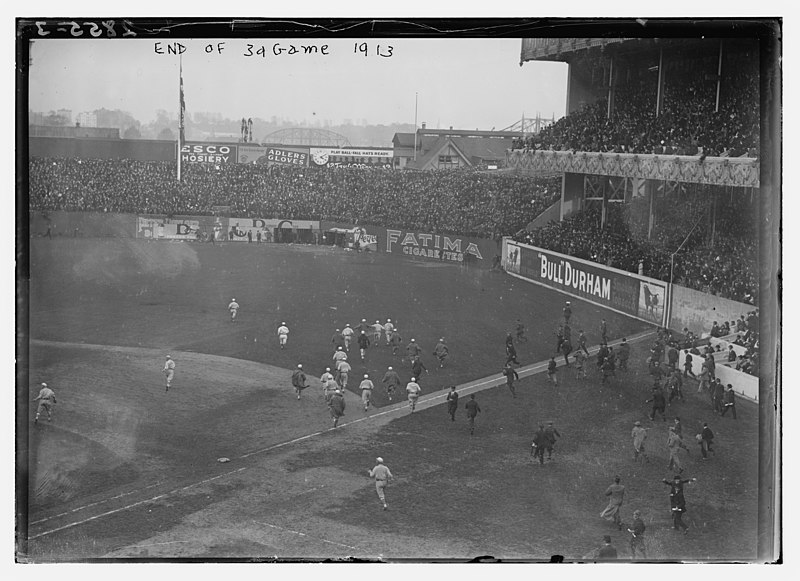
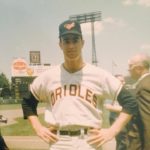
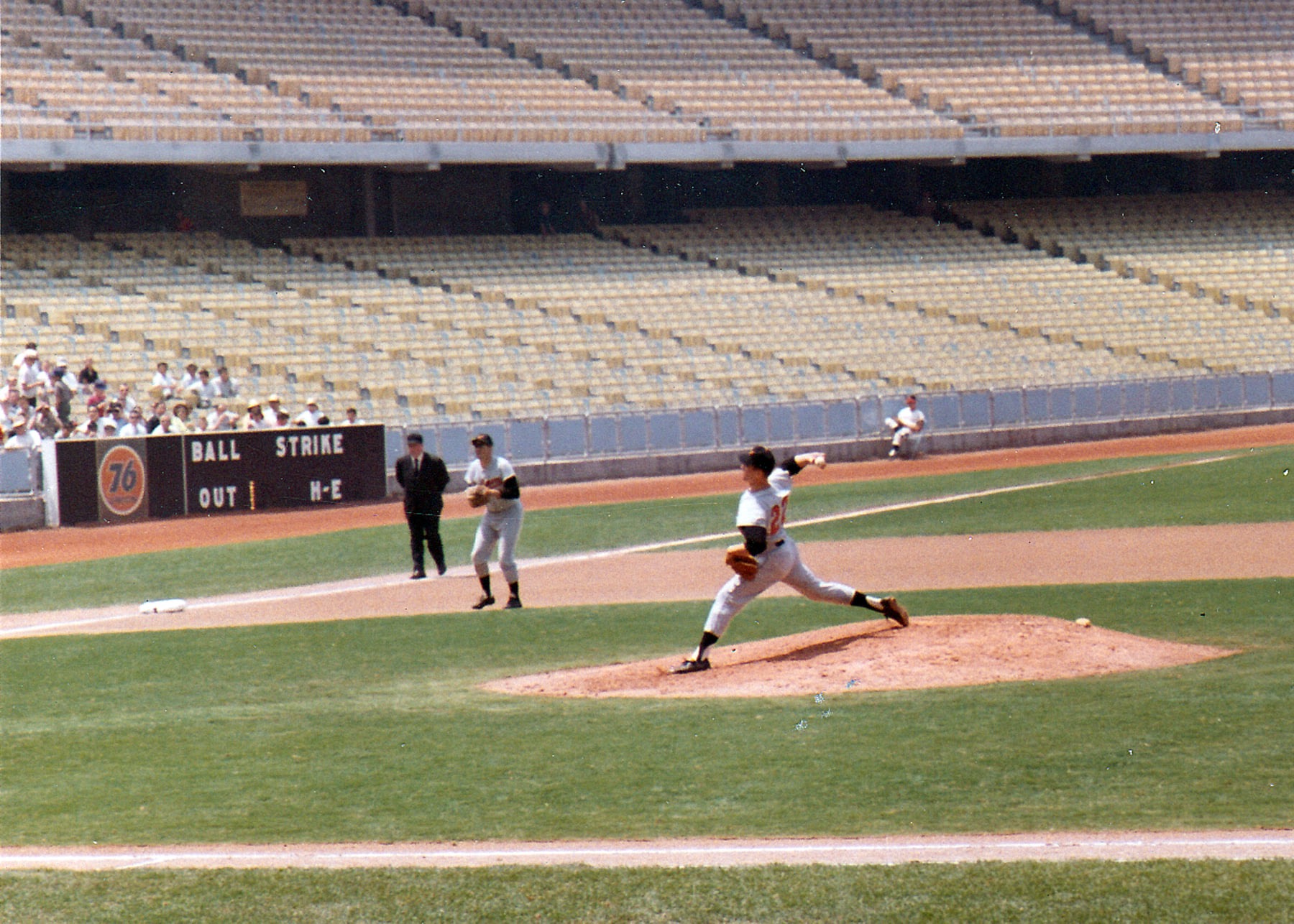
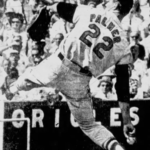
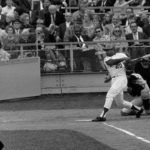

 White Sox to have four 20-game winners. Photo courtesy The Baltimore Sun. - This Day In Baseball On September 26, 1971, Baltimore Orioles pitcher Jim Palmer (left) won his 20th game of the year, becoming the fourth Orioles pitcher to win 20 games in the 1971 season, and making the 1971 Orioles pitching staff the first since that of the 1920 [Chicago](https://www.history.com/topics/chicago) White Sox to have four 20-game winners. Photo courtesy The Baltimore Sun.](https://thisdayinbaseball.com/wp-content/uploads/1971/09/0E7DD4FB-9F3B-4810-83C9-C608ACF706BD.jpeg)
